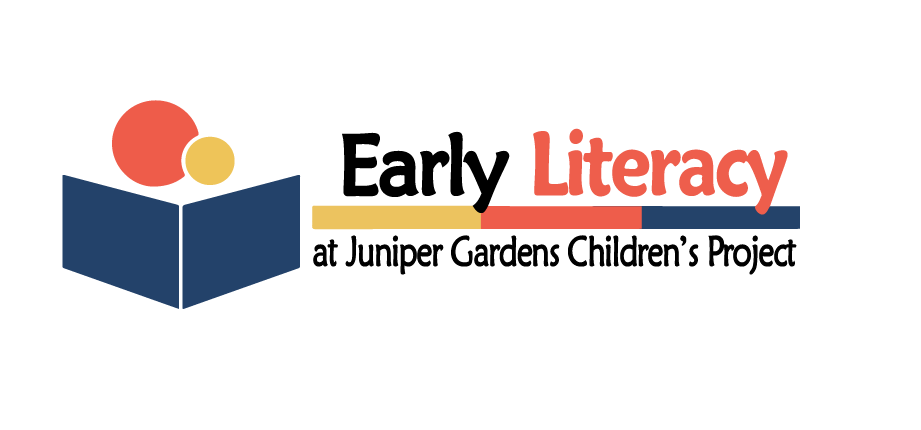Why Coaching?
Coaches complement teacher’s professional development by provide guidance in the classroom designed to achieve implementation of evidence-based practice. In preschool MTSS, coaches are typically members of the MTSS team invested with the responsibility of helping the teacher make and implement MTSS decisions with individual and groups of children. These decisions could range from steps to strengthen core, Tier 1 instruction, to providing the child and a small group with supplemental instruction (Tier 2), or to individualized instruction (Tier 3).
Teacher coaching in Literacy 360 is guided by preparation of an instruction plan that is the 360 Tune-up Checklist. The Checklist is based on what was learned from the CIRCLE observation concerning a child’s response to instruction. Was the opportunity to learn literacy provided by the teacher? If yes, was the child academically engaged?
Depending on the data, the Checklist provides a plan with suggested intervention changes by increasing opportunity to learn and child academic engagement. Coaching is provided to help the teacher make these planned changes.
What is Involved in Problem-Solving?
1. Is there a Problem?
- A problem with response to intervention is confirmed if the children’s assessed pre-literacy skills are below benchmark on a universal screening or progress monitoring measure.
2. What may be Causing It?
- The coach works to build rapport with the teacher, sets a date and time, and observes in the classroom using CIRCLE to assess the extent of Teacher Literacy Focus (TLF), and Children’s Academic Engagement (CAE) during classroom instruction (Children’s Response to Intervention Provided)
- Coach and teacher review the data and reflect on the implications for increasing TLF or embedding new strategies to promote CAE in the skills domain(s) of greatest need.
3. What is the Solution?
- Based on review of the evidence, the coach engages the teacher in goal setting, strategy selection, and implementation planning that becomes the 360 Tune-up Checklist
- This instructional plan is translated to an action plan that can be measured in a fidelity assessment to be used as a basis for implementation progress and feedback to the teacher
- The teacher begins implementation of the plan and the coach assists the teacher, observes, and provides feedback
4. Is the Solution being Implemented?
- Additional coaching observations are made until fidelity of implementation is indicated
- Additional feedback is provided as needed to reach fidelity and dosage
- Thereafter, if additional checks indicate low fidelity, additional plans are made and implemented to maintain and build new strategies in play
5. Is the Solution Working?
- To address this question, the children’s preliteracy skills are assessed again and evaluated against age-level benchmarks
- The intervention is working if the children are closing the gap by (a) increasing growth compared to their first measurement and/or (b) approaching or surpassing the benchmark for peers their same age.
- Based on the evidence, the next steps in the problem-solving model are conducted
